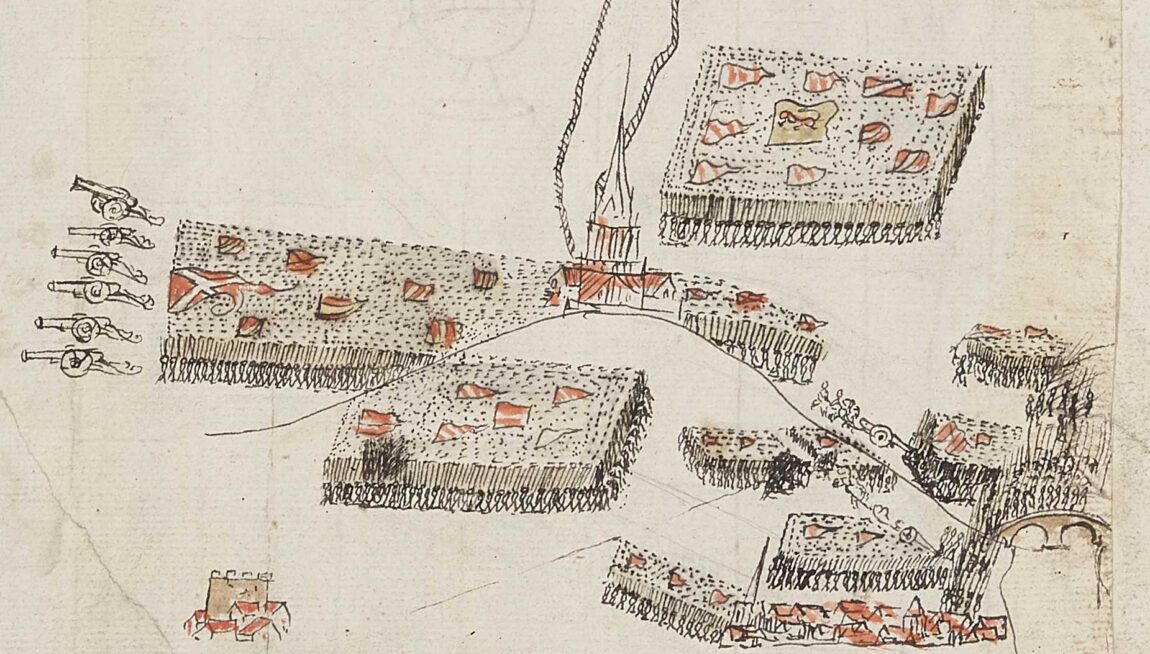How the American Civil War triggered an Environmental Crisis on the North Esk
The American Civil War forced a change in materials used for paper-making in the Esk Valleys with dire consequences for the pollution of the river North Esk – and a notorious court case
Paper making on the North Esk grew from a specialised local craft already well established in the 18th century to a globally significant industry supplying Edinburgh’s buoyant printing and publishing businesses. Until the 1860s cotton and linen rags were the main raw material for paper making, the industry had outgrown local supplies and was dependent on cotton rag from the United States. The American Civil War (1861-1865) cut off supplies. Consequently, the papermakers substituted esparto grass imported from Spain and North Africa. The processing of esparto required greater use of harsh alkali chemicals, producing toxic effluents and large quantities of organic matter all discharged into the river. Untreated sewage from the expanding towns along the river contributed to the ecological disaster. Aristocratic landowners downstream of the paper mills were incensed by the huge rafts of foam, generated by the papermaking process, drifting down the river and by the smell from untreated sewage. They did not recognise these as separate issues, instead they pursued the paper mill owners in “The 1866 North Esk Pollution Case”. A cholera pandemic had caused outbreaks in London and in Fraserburgh in the very week of the trial, yet barely merited a mention in the proceedings.
The legal case was prosecuted on the basis of nuisance under the law of property and eminent scientific witnesses testified on water chemistry and the capacity of rivers to purify discharges. Pleas were made on the basis that the economic benefits of industry outweighed environmental damage. The judge directed the jury to the narrowest interpretation of nuisance under the law of property. The judgement went in favour of the landowners, yet the consequences for the mill owners were limited. The Duke of Buccleuch had invested heavily in mining, railways and the new port of Granton as well as his extensive inherited agricultural holdings. His economic and political interests were enmeshed with the papermaking industry of the valley and the risk from the strict enforcement of environmental controls on his own investments may well also have inhibited full enforcement of the terms of the judgement.
The issues from 170 years ago have never gone away. A letter to the Scotsman in 1874 from the Provost of Musselburgh, which is a masterpiece of polemic, excoriated the upstream paper mill owners for their plan to dump their effluents on the seashore of Musselburgh via a sewer to be laid along the valley from Penicuik. Almost 150 years later on the Esk in July this year there was a major pollution incident caused by flooding of an abandoned coal mine, spilling contaminated water into the stream, and at the same time untreated sewage is also discharged into the river in ‘exceptional circumstances’ every other week.
It is clear that all the parties to the pollution of the river were, at worst, guilty of pursuing their “enlightened” self-interest. In the mid-19th century the belief in progress and the power of science to find a solution to every technical problem was pervasive and there was weighty evidence to support this conviction. For example, landowners and farmers in the Lothians had been early and enthusiastic adopters of the science of soil and plant nutrition. Between 1840 and 1855 the research findings of Justus Liebig had been taken up by British scientists and widely propagated to the landowning interests of the country. This led to a boom in the exploitation and rapid depletion of guano from remote Pacific and South Atlantic islands, then the development of a chemical industry producing phosphate from mineral sources. The nexus to Liebig can be traced further into the 20th century. August Hoffman, a star witness in the 1866 case and Liebig’s protégé, was appointed to a prestigious position in the School of Chemistry on his recommendation. Fritz Haber, Hoffman’s doctoral student developed a catalytic process for the fixation of atmospheric nitrogen. This process underpins the modern global fertilizer industry. The scientific witnesses called in the 1866 trial were almost exclusively adherents of Liebig. The 8th Duke of Argyll gave an address to the British Association on his inauguration as president in 1855. Those in attendance included: Sir Roderick Murchison, Sir David Brewster, Dr Lyon Playfair, William Thomson (later Lord Kelvin), Charles Darwin, Charles Lyell, John Tyndall (a pioneer in the science of climate change), Hugh Miller, Michael Faraday, Adam Sedgwick, Justus Liebig and several key witnesses in the 1866 North Esk case: William Allen Miller, Frederick Penny, and Edward Frankland. The duke’s speech surveyed the progress of the sciences since the previous meeting in Glasgow of the British Association in 1840. This covered a remarkable fifteen years of advances in many fields of science. Yet the insights of science seem impotent to effect changes in human behaviour where the beneficiary is the common good rather than the individual. If that was true in 1866, then it seems even more entrenched as a fact now. Perhaps there is a lesson for us all in the irony that the Duke of Buccleuch as an improving landowner and investor in the industrial development of the Lothians also suffered from the unintended consequences of economic growth. However, his biggest complaint in the trial was, according to the testimony of his head gardener, that His Grace’s peaches were blighted by contaminated water from the river. This may have influenced the jury more than all of the distinguished scientific witnesses.
Rennie Frazer; Autumn 2020
Back to Stories










